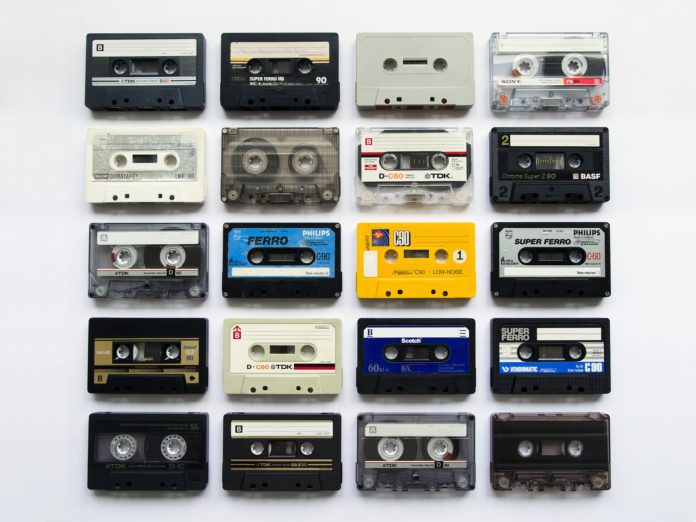By: Nick Gambino
The Dutch inventor of the cassette tape, Lou Ottens, has died at the age of 94. His genius and forward-thinking gave generations of music lovers an escape into the sonic sounds of their favorite tunes no matter where they were—at home, on the bus, on roller skates, wherever.
That he would later go on to supervise the team that invented that other sonic vessel of playback, the CD, means he’s singularly responsible for the proliferation of the art of music across numerous generations.
You hear it a lot, but just because it has become cliché doesn’t make it any less true—the youth of today will never know the struggle of growing up pre-internet.
I recently saw a viral TikTok video where a kid no older than 16 struggled to play a CD (for proper nostalgic effect it was The Backstreet Boys) in a portable CD player. While he eventually figured it out, it left me wondering how he’d fare with a cassette tape.
The predecessor of the CD was a long strand of spooled magnetic tape housed in a plastic casing that we simply called a “tape.” This is where you get the term “mixtape” because you could get a blank one and create your own “playlist” or “mix.” For us awkward youths, the mixtape was a great way to put yourself out there and tell a girl you liked her.
Those of us who grew up using these little guys as a portal to our favorite sonic landscape have the experience burned into our psyche. I remember the thrill of recording songs off the radio onto my tape. Being dirt poor, I’d rarely have access to blank Maxell tapes, so I did what a lot of us did back then—I improvised.
I’d take an existing cassette that I didn’t much care for and place a bit of scotch tape over the hole in the top edge where the write protect tab sometimes resides. Now the tape’s ready to be recorded over. For me, that usually meant recording songs directly off the radio. Growing up in New York, I remember distinctly trying to line up the recording so I’d get the whole song, beginning to end minus the DJ talking, when it was being played on Z100 or Hot 97. I still have those Frankensteined tapes with Pearl Jam and Method Man in their prime.
Our tapes were precious, but unlike digital and streaming music of today, they were not unbreakable. God forbid the tape player would eat it. If that happened, you prayed to the Gods of Sound as you tediously eased the mess of stringy tape out of the player, trying your best to not snap it. If you were lucky enough to keep it intact, you could wind the tape back into its housing. If not, then you had to employ a bit of scotch tape to reconnect at the cut. We were like little watch tinkerers, sweating the whole time. But it made the music more valuable.
Direct contact and interaction with tapes helped us form a deeper connection with the recordings that resided on them. The inflation of digital streaming and the ease with which music is recorded and distributed has devalued the art form, at least as viewed by mass consumers. While it’s easier to listen to my favorite songs and albums today, I can’t help but miss interstate road trips playing Eddie Murphy comedy tapes over and over or blasting the Blues Brothers soundtrack in my ears while riding the E train.
Lou Ottens gave a generation of kids and adults alike access to their favorite sonic art but made us work for it. We were better for it.







